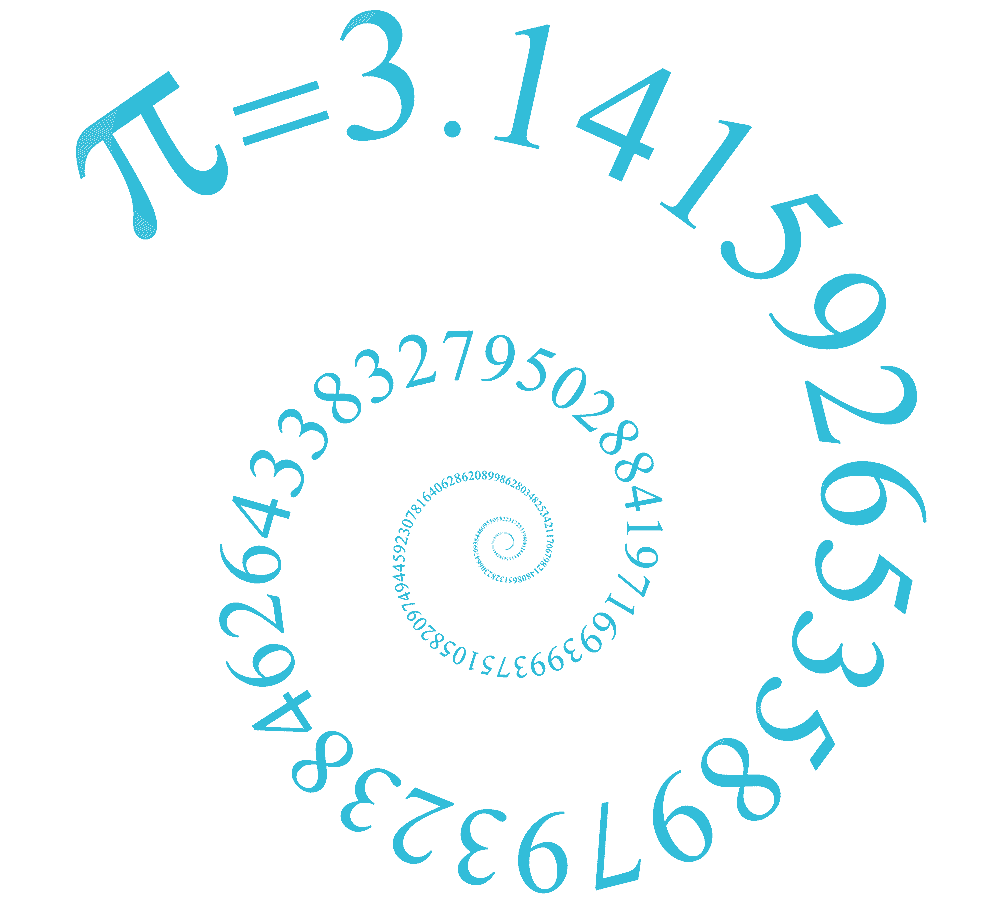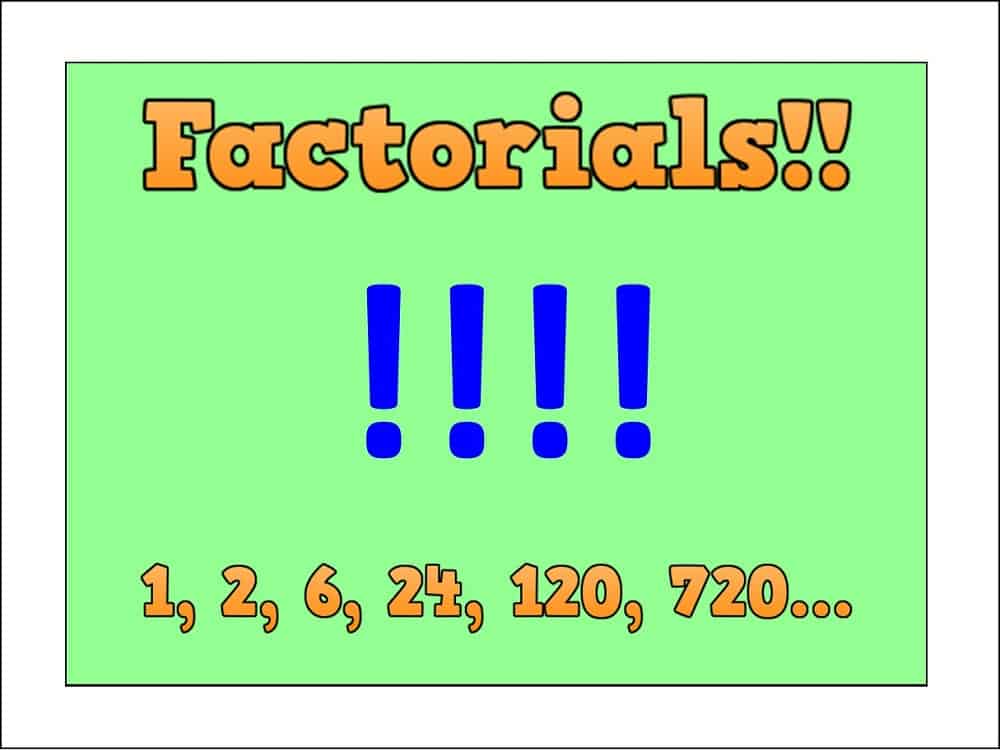Factorials are so cool that the notation is: AN EXCLAMATION MARK!!!! The exclamation mark means something very specific in maths. It’s great to be impressed with numbers, but please do not put an exclamation mark after a number just to show that it’s really cool.
WHAT IS IT? n Factorial (written $n!$) means the product of all the positive integers less than or equal to n. For example:
$5! = 1\times 2 \times 3 \times 4 \times 5 = 120$
The first ten factorials are 1, 2, 6, 24, 120, 720, 5040, 40320, 362800, 3628800. As you can see, the numbers get very big very quickly. The largest factorial that most calculators can produce is $69! \approx 1.7\times 10^{98}$. The next factorial $70!$ is larger than a Google (1 followed by a hundred zeroes) so your calculator will probably get cross if you ask it to calculate $70!$ and say something like “Maths Error”. Go ahead and try it (look for the $x!$ button – you may have to press shift first).
WHAT’S THE POINT? At GCSE: factorials tell us how many permutations there are of n objects. For instance, the number of different ways to shuffle a pack of cards is $52! \approx 8\times 10^{67}$ – a huge number! It’s so big that if you shuffle a pack of cards thoroughly, the odds are overwhelmingly likely that it’s the first time in history that the world has ever seen that particular shuffling. Wow!
AT A-LEVEL: factorials have important applications in probability distributions such as the Binomial Distribution. This allows us to calculate e.g. the chances that, after throwing ten (or $n$) darts at a board, you will manage to hit the bullseye exactly 4 times (or $x$ times).
AT FURTHER MATHS A-LEVEL: factorials are widely used in infinite series such as this one for $sin(x)$. This has important theoretical consequences: for instance infinite series like this allow us to calculate pi to huge numbers of decimal places.
$sin(x) = x – \frac{x^3}{3!} + \frac{x^5}{5!} – \frac{x^7}{7!} + …$

